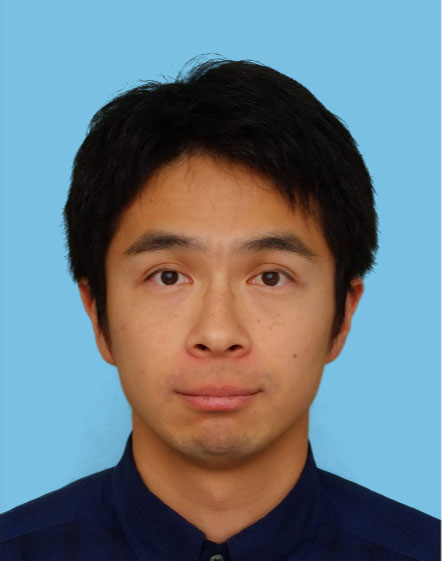Description
INTRODUCTION: Recently, a novel method of continuous local antibiotic perfusion (CLAP), which delivers and maintains high local concentrations of antibacterial agents at the infection site. Although CLAP therapy is theoretically effective for periprosthetic joint infection (PJI) after total knee arthroplasty (TKA), no report has been available regarding its outcomes for PJI. The purpose of the current study is to determine the outcomes and risks of continuous local antibiotic perfusion (CLAP) therapy combined with conventional treatment for PJI after TKA.
METHODS: Patients diagnosed with PJI after TKA and were able to undergo 2 weeks of CLAP therapy from May 2019 to June 2022 were retrospectively reviewed. Patients were divided into two groups, (1) those with acute infection occurring within 1 month from the initial symptoms or diagnosis and (2) those with chronic infection occurring 1 month after the initial symptoms or diagnosis. For acute PJI, CLAP therapy was performed with debridement, intravenous antibiotics, and implant retention (DAIR). For chronic PJI, two-stage revision was performed. Implants were replaced with a cement mold with CLAP therapy, followed by revision surgery after 3 months. For all cases, 120 mg/day of gentamicin (GM) was administered directly into the knee joint with the closed wound drainage system for 2 weeks as CLAP therapy combined with intravenous antibiotics. Treatment and CLAP related outcomes were evaluated.
RESULTS: There were 14 patients [5 men and 9 women with aged 69.5 ± 11.0 years old (range, 49–87 years old)] developed PJI after TKA during study period and all the patients were able to follow-up more than 12 months. Five patients developed acute PJIs and nine chronic PJIs after TKA. The mean follow-up period was 491 days (304 to 632 days, interquartile range). All five cases with acute infection were able to preserve their implants, with infection subsequently subsiding. For chronic infections, CLAP therapy was performed 311 days (114 to 1,406 days) after the onset of the initial infection. Chronic cases who underwent CLAP therapy combined with two-stage surgery reached two-stage revision without relapse (seven cases). However, two chronic cases who underwent CLAP therapy with DAIR failed to retain their implants. Four patients had serum GM concentrations over 2.0 µg/mL, but GM concentrations decreased in all cases after reduction of GM dosage. None of the cases had drain-related problems, and developed adverse effects from GM.
DISCUSSION: This is the first study on CLAP therapy for PJI after TKA. The increased success rate of CLAP combined therapy for PJI can be attributed to sufficient local GM concentration, which has concentration dependent effect, and high concentration of GM are bactericidal for drug-resistant microbes, including methicillin-resistant Staphylococcus aureus and its biofilms. Our results showed that CLAP was effective and safe for patients both in acute and chronic PJI after TKA, which may have potential for future treatment of PJI.




